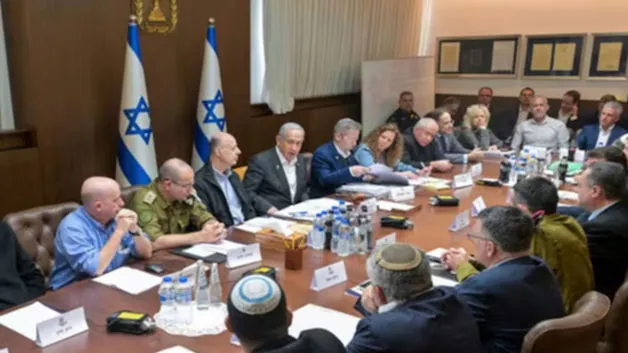The Pygmy Hog Conservation Programme (PHCP) has released nine captive-bred pygmy hogs into the Manas National Park of Assam, marking a significant step in the conservation of this critically endangered species. The pygmy hog (Porcula salvania) is recognized as the world’s smallest and rarest wild pig and remains under threat of extinction.
Fifth Release in Manas National Park Since 2020
This recent release is the fifth such operation conducted in Manas National Park since 2020, bringing the total number of pygmy hogs released in the Kanchnabari Grassland to 27. The release was overseen by R.P. Singh, Principal Chief Conservator of Forest and Head of the Forest Force, Assam, who praised the ongoing efforts to reintroduce this endangered species into its natural habitat.
The PHCP’s camera trap study at the 2023 release site has shown encouraging results, with evidence that the released pygmy hogs are exploring the area and breeding. Notably, a pregnant female hog was captured on camera in the wild for the first time since the program’s inception.
The PHCP was launched in 1996 by capturing two male and two female hogs from the Bansbari Range of Manas National Park. The program has since successfully bred and reintroduced 179 pygmy hogs into the wild in Assam, helping to revive a species once thought to be extinct in the 1970s. The PHCP involves several partners, including the Assam Forest Department, Durrell Wildlife Conservation Trust, the IUCN/SSC Wild Pig Specialist Group, India’s Ministry of Environment and Forests, Ecosystems-India, and Aaranyak as a delivery partner.
Reintroduction in Other Grasslands of Assam
Before releasing the hogs into Manas National Park, the PHCP had introduced pygmy hogs into other suitable grasslands across Assam, including the Orang National Park, situated approximately 120 km southeast of Manas. A total of 59 pygmy hogs have been released into Orang National Park, where the population now stands at around 130, consisting mostly of wild-born individuals.
Monitoring these shy and elusive animals has proven challenging, but the PHCP team has employed camera traps and sign surveys to track their movements and behavior. The reintroduced hogs have been found up to 2 km away from their release sites, indicating healthy exploration and adaptation to their new environment.
Manas National Park offers one of the largest remaining grassland blocks in the sub-Himalayan grassland ecosystems, making it a critical habitat for the pygmy hog. C. Ramesh, Field Director of Manas Tiger Reserve, emphasized the importance of grassland restoration for supporting not just the pygmy hog but other iconic species like tigers, elephants, and rhinos. Effective grassland management is seen as key to ensuring the long-term survival of this endangered species.
The PHCP plans to continue its rewilding strategy by maintaining a captive population of 80 hogs at its two centers in Assam, with more hogs to be bred and released in the future. The ongoing monitoring of released hogs will include camera trap and sign surveys, along with a fourth year of radio-telemetry tracking on six of the newly released hogs. This will help gather critical data on the species’ behavior and habitat use, aiding future conservation efforts.
Bibhab Kumar Talukdar, CEO of Aaranyak, expressed optimism about the program’s impact on restoring grassland-dependent species. PHCP Field Scientist Dhritiman Das further noted that integrating habitat management with population monitoring is essential to establish a stable pygmy hog population and maintain grassland functionality.
The ongoing work of the PHCP continues to play a vital role in safeguarding the pygmy hog and other species that depend on Assam’s grassland ecosystems.























